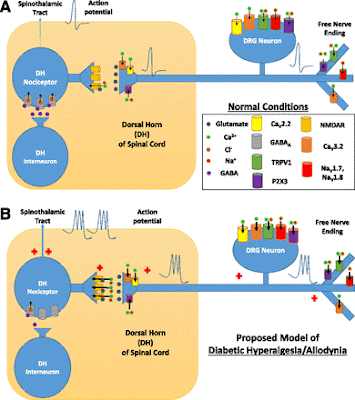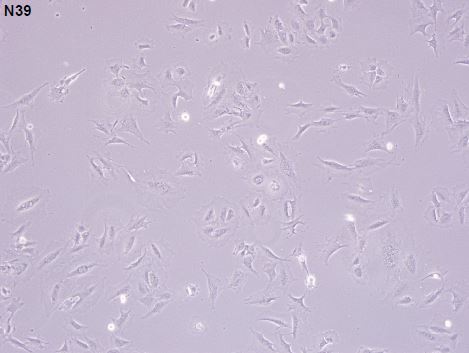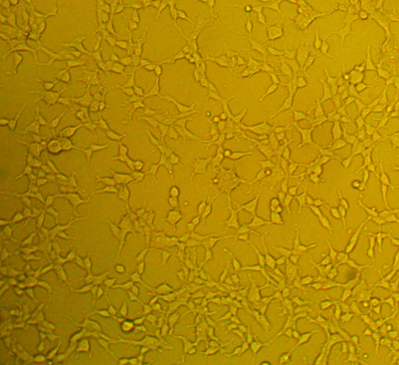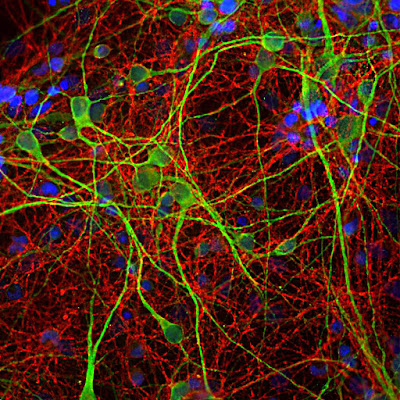The authors of a chapter on pericytes published in SpringerLink referred to our human primary pericytes as "pericyte-like", but chose not to characterize them because of the "exorbitant cost". Dore-Duffy P., Esen N. (2018) The Microvascular Pericyte: Approaches to Isolation, Characterization, and Cultivation. In: Birbrair A. (eds) Pericyte Biology - Novel Concepts. Advances in Experimental Medicine and Biology, vol 1109. Springer, Cham
Given that these pericytes are also part of our hot selling 3-D Human BBB Model, we are in the process of challenging these claims. We will always take inaccurate claims regarding our solutions seriously, and we take immediate action.
- Characterization of cells-we validated several key markers by immunofluorescence.
Staining of Desmin (dilution 1:100). Secondary antibody conjugated to Alexa 594 (red) and counterstained with DAPI (blue). Cells were mounted using iBrite mounting media.
Staining of Actin (dilution 25 ug/mL). Secondary antibody conjugated to Alexa 594 (red) and counterstained with DAPI (blue). Cells were mounted using iBrite mounting media.
We also plan on doing a phenotypic analysis of these cells and will post here when completed.
- Cost of cells-isolating pericytes from human donors, and expanding to the required number of cells involves much time and effort. We know! Further differentiating stem cells into pericytes is hard and time-consuming. Against this backdrop, we consider our pricing to be inexpensive. Though they are more difficult to derive, they are priced equivalently with our other human primary cells ($789/500,000 USD Cells).
As always, we will post new data here.






































